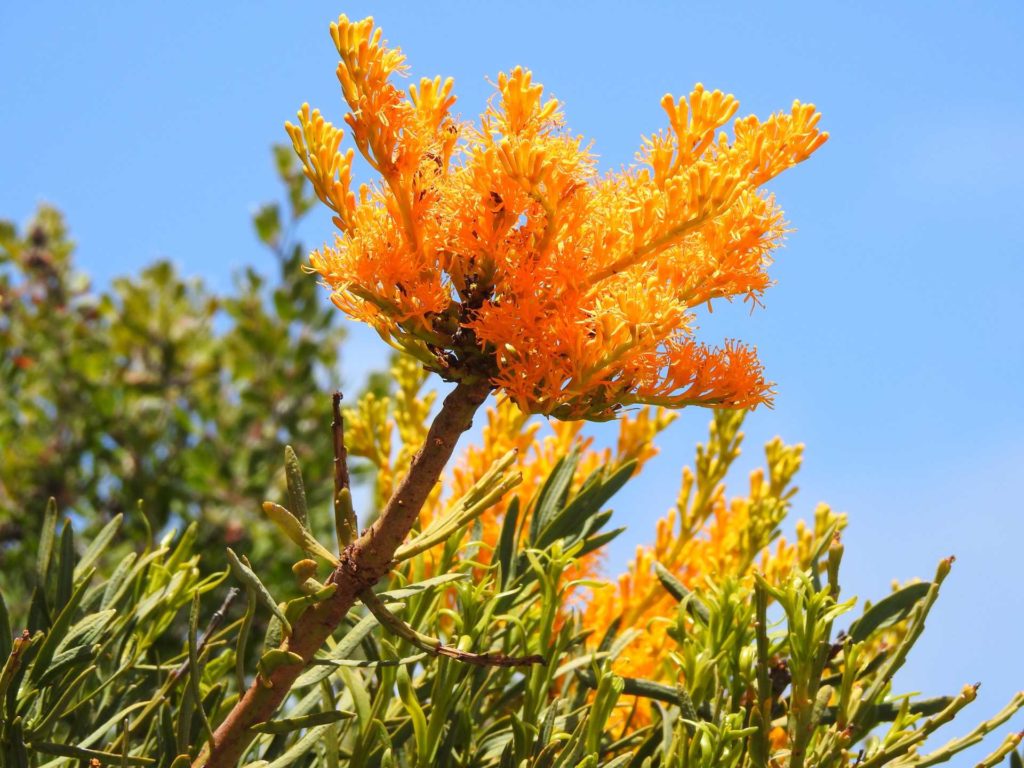BIRAK (DECEMBER – JANUARY)
The first summer, or the season of the young
Birak season sees the rains ease up and the warm weather really start to take hold, which is certainly evident this year with the soaring temperatures we have been experiencing over the last week! But thankfully, the afternoons are usually cooled by the sea breeze from the south-west.
Despite the heat, there is an abundance of food at this time of year and traditionally, this was aided through the use of karl (fire). Nyungar people would burn the country in cool, mosaic patterns. They would burn the country in this way for several reasons, including fuel reduction, increasing the grazing pastures for animals like the yonga that they would then hunt with gidjies (spears) and hunting kylies (boomerangs), to aid in seed germination for some plants, and for ease of mobility across the country. Sound risky? Nope, not at all. They knew what they were doing. An almost clockwork pattern of easterly winds in the morning and sea breezes in the afternoon were ideal conditions and of course, they knew the boodja (country/land) like the back of their hands and could guide the trickling flames wherever they wanted it to go.
This season is signalled by a mass of stunning and unmistakable golden yellow-orange flowers across the landscape, with the moodjar (WA native Christmas tree or Nuytsia floribunda) bursting into full bloom. This tree is very important to Nyungar people culturally and is fascinating ecologically, being a root hemiparasite (a plant that is parasitic under natural conditions, but photosynthetic to some degree) and mainly obtaining water and mineral nutrients from its hosts.
There is plenty of seafood available at this time of year, forming a large part of the warm weather diet as people are near the coast at this time of the year. As for the animals, there are many fledglings now venturing out of nests, though some are still staying close to their parents. Reptiles are looking to shed their old skins for new ones.
With the rising temperatures and the decreasing rainfall, it’s also time for the baby kooyar (frogs), to complete their transformation into adulthood.
If you haven’t been out on boodja to marvel at the beauty and majesty of the moodjar yet, why not go out with the family for a bushwalk or a camping trip as part of your Christmas celebrations? That’s what we will be doing! Merry Christmas from us to you!




